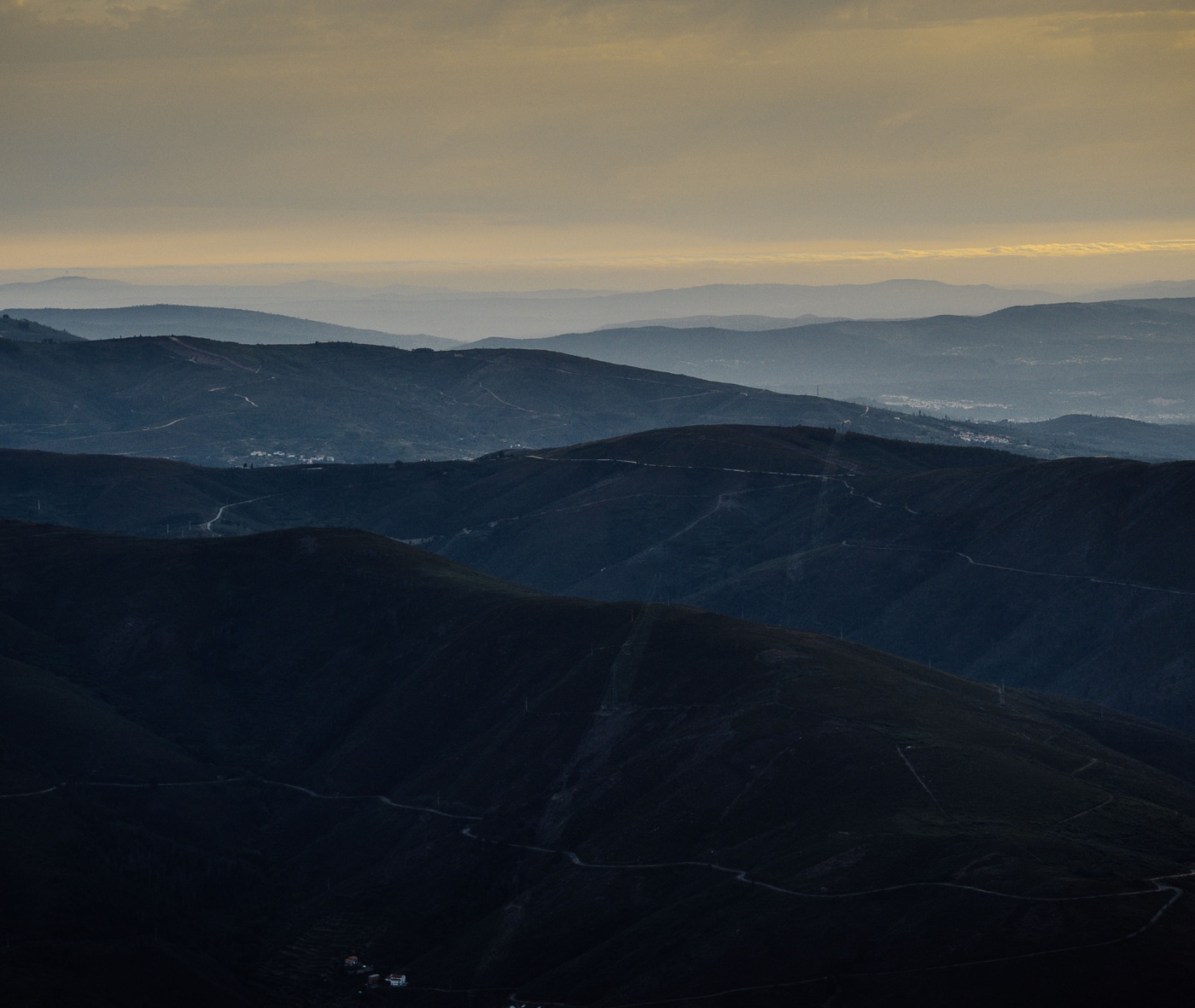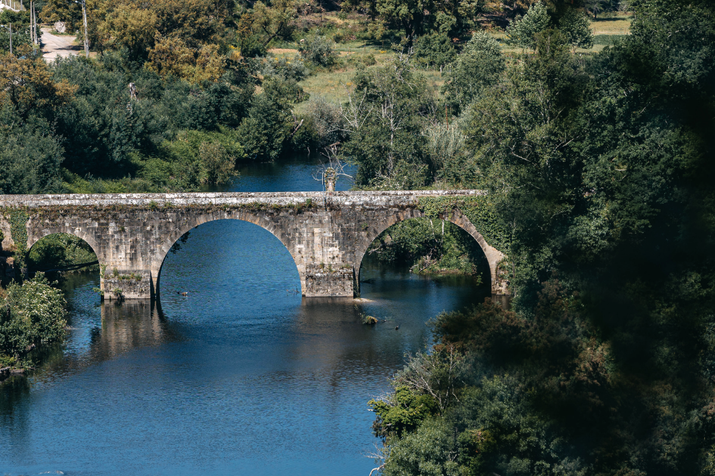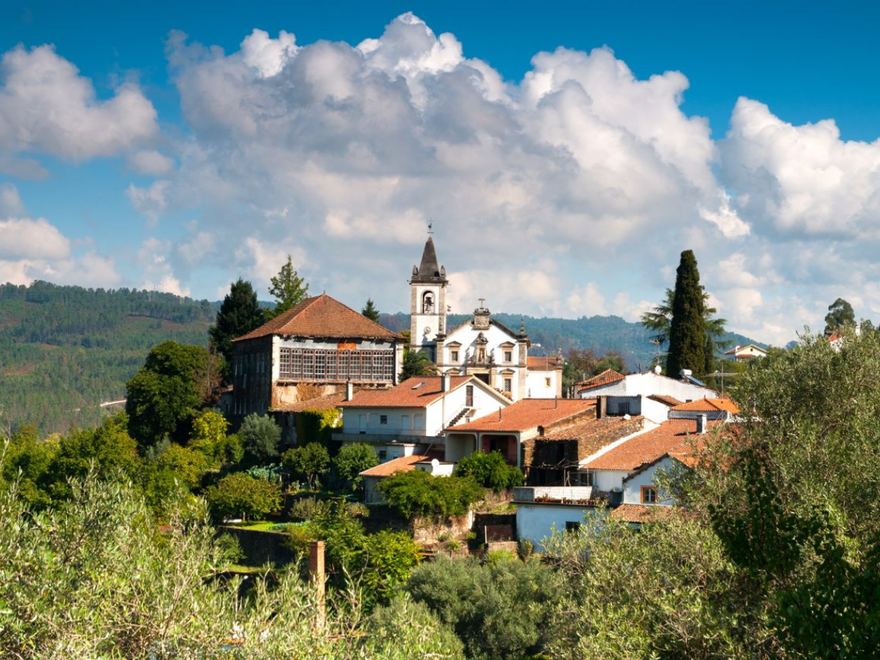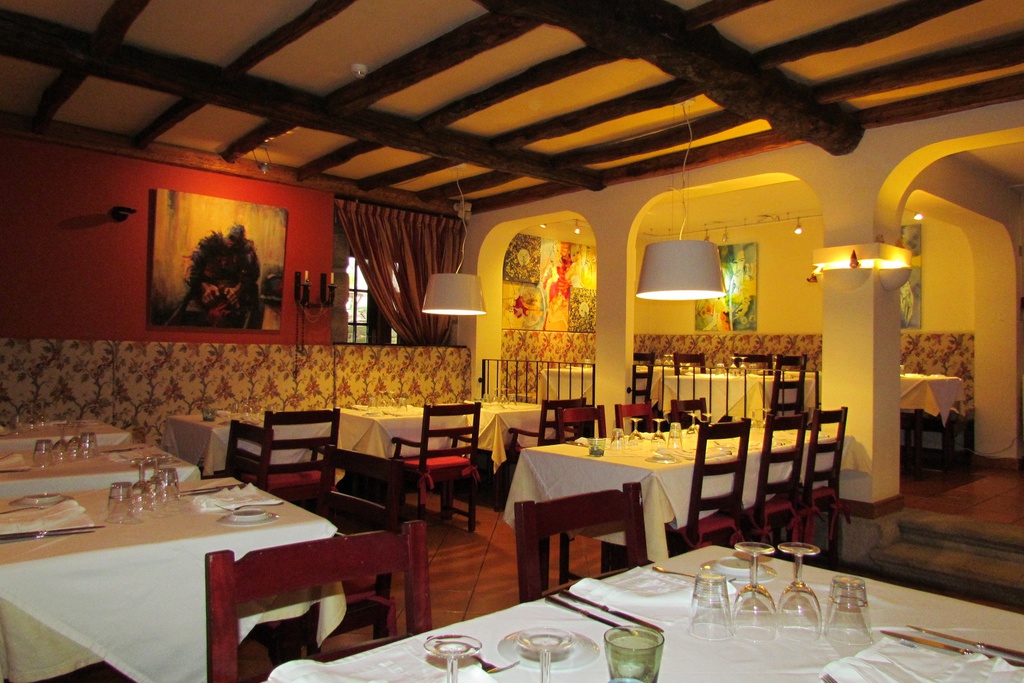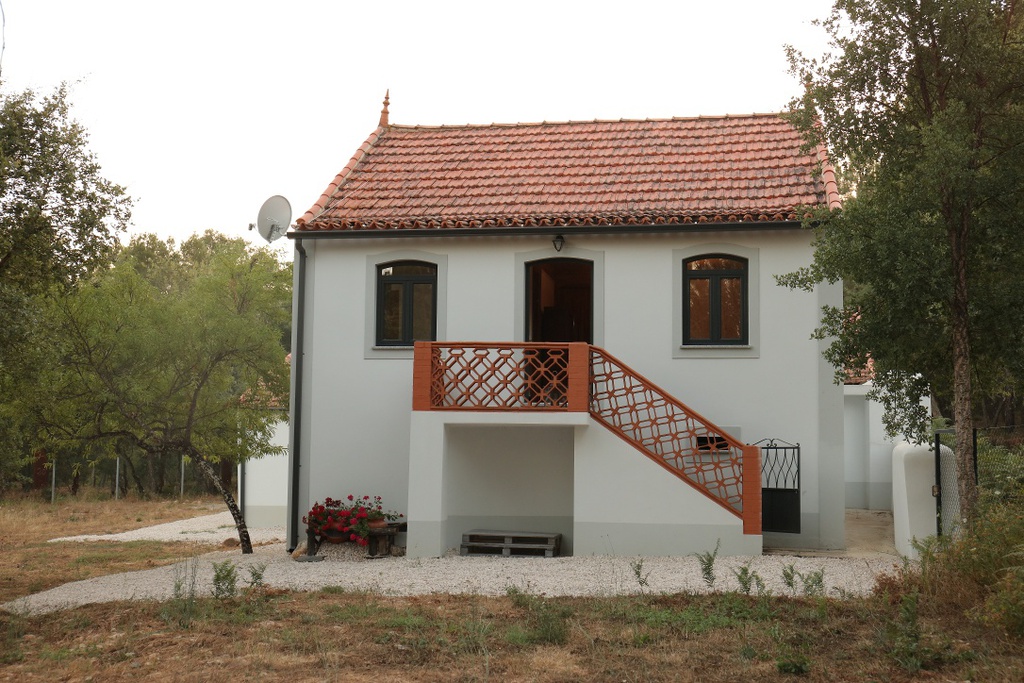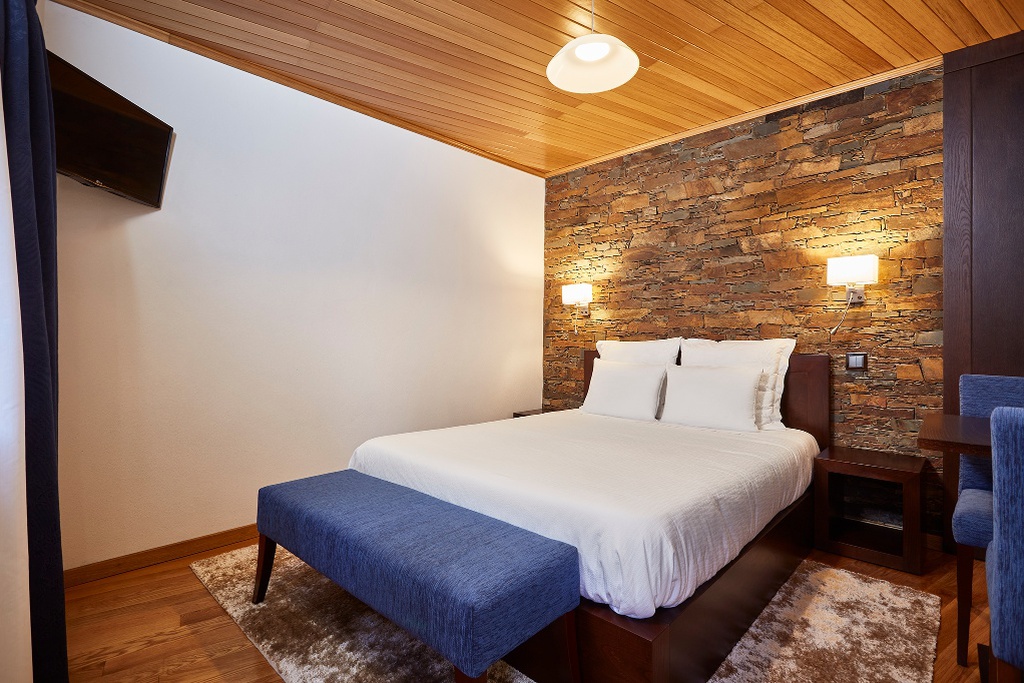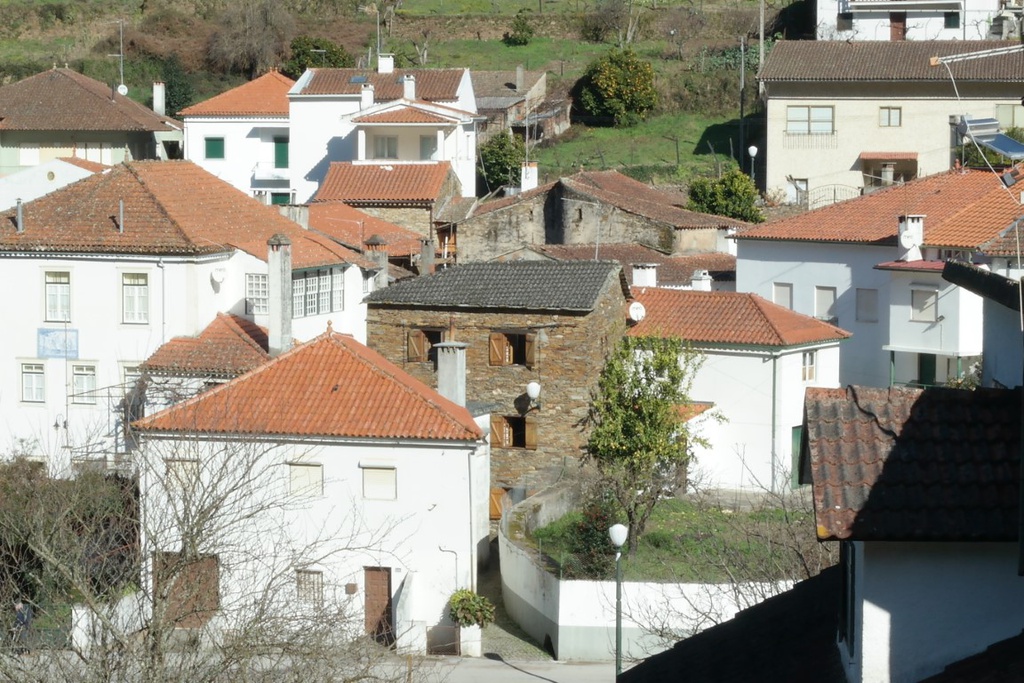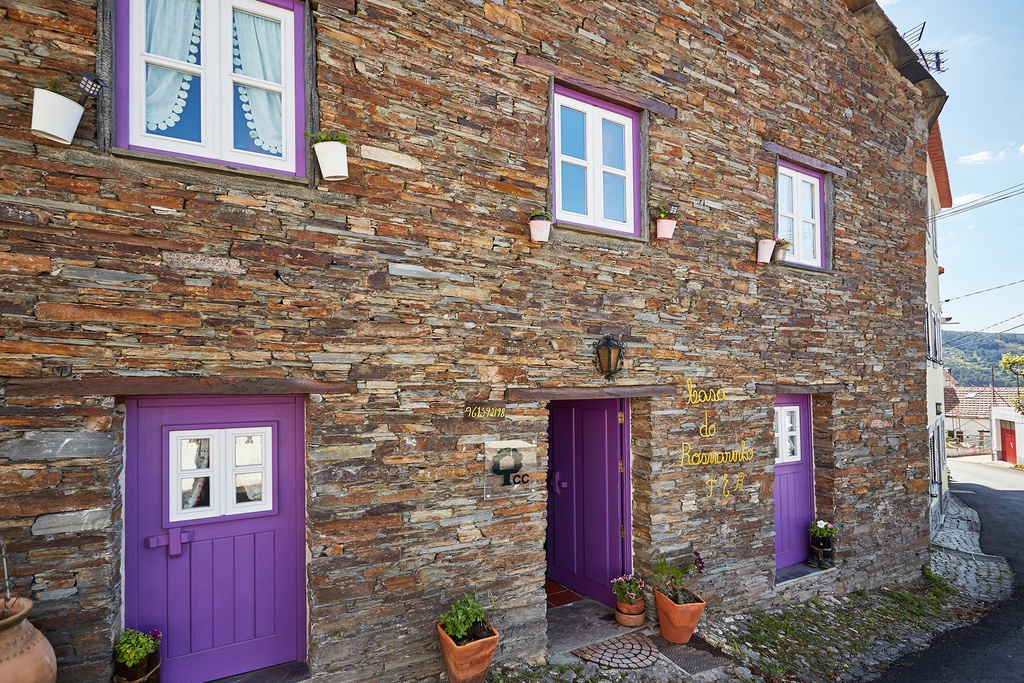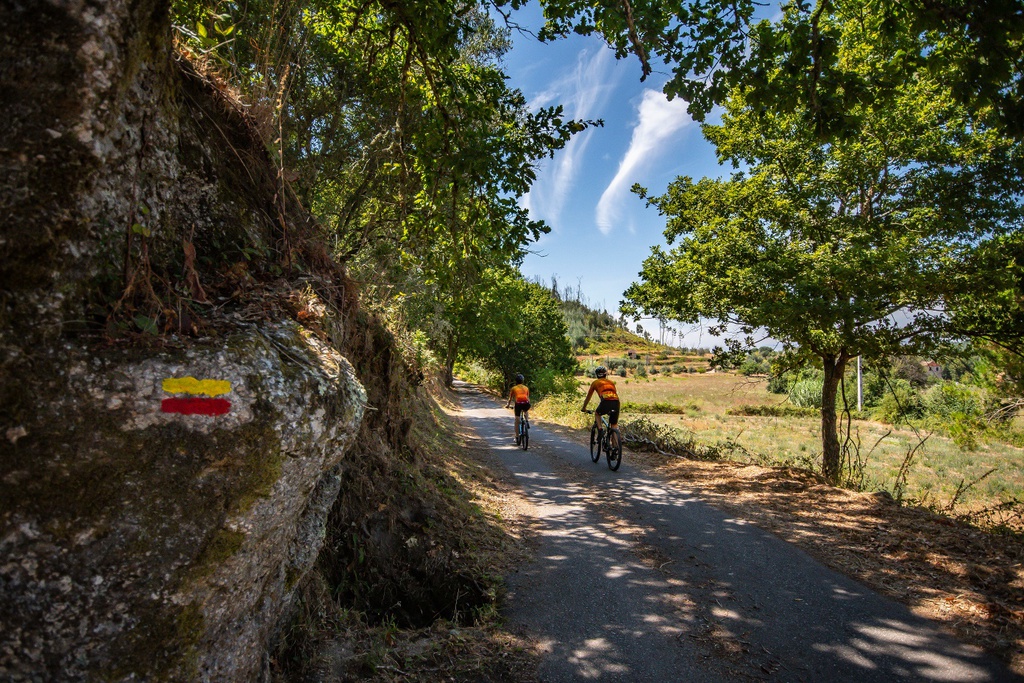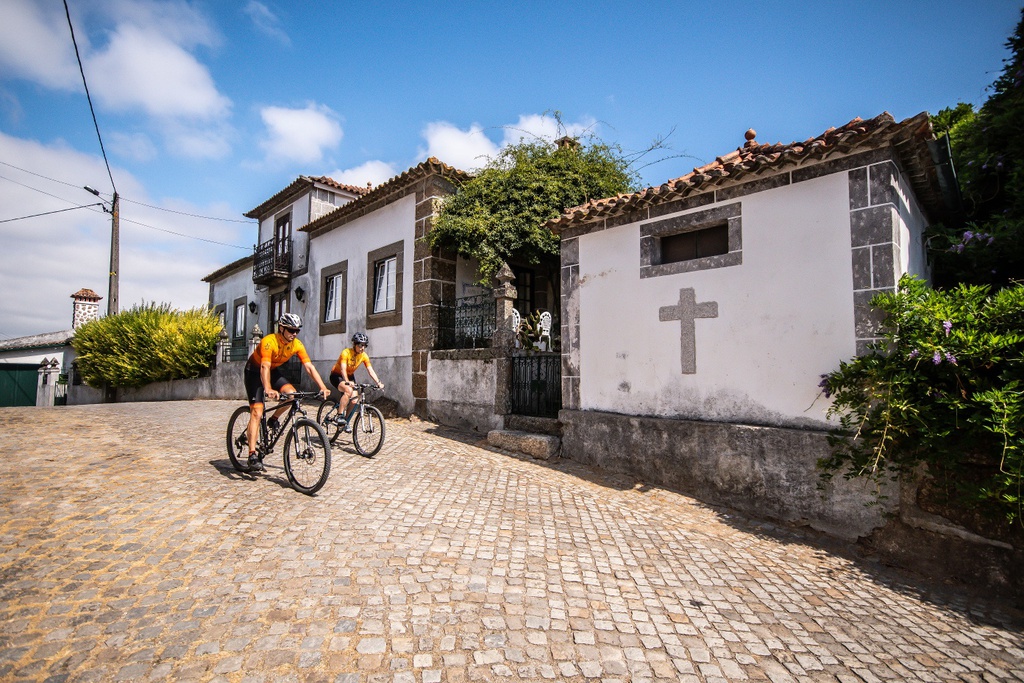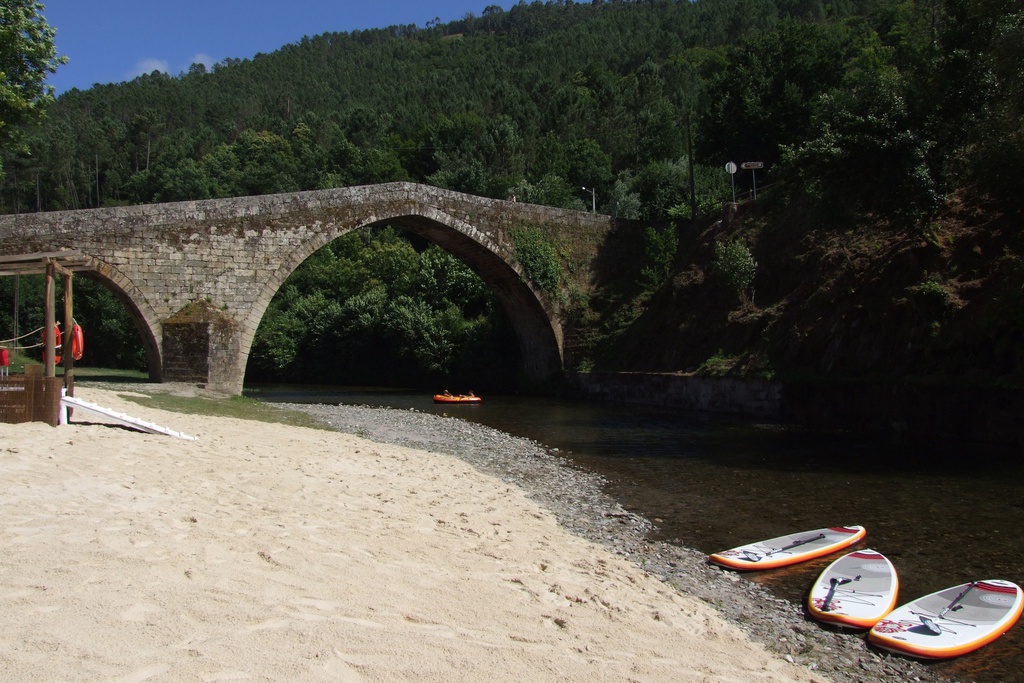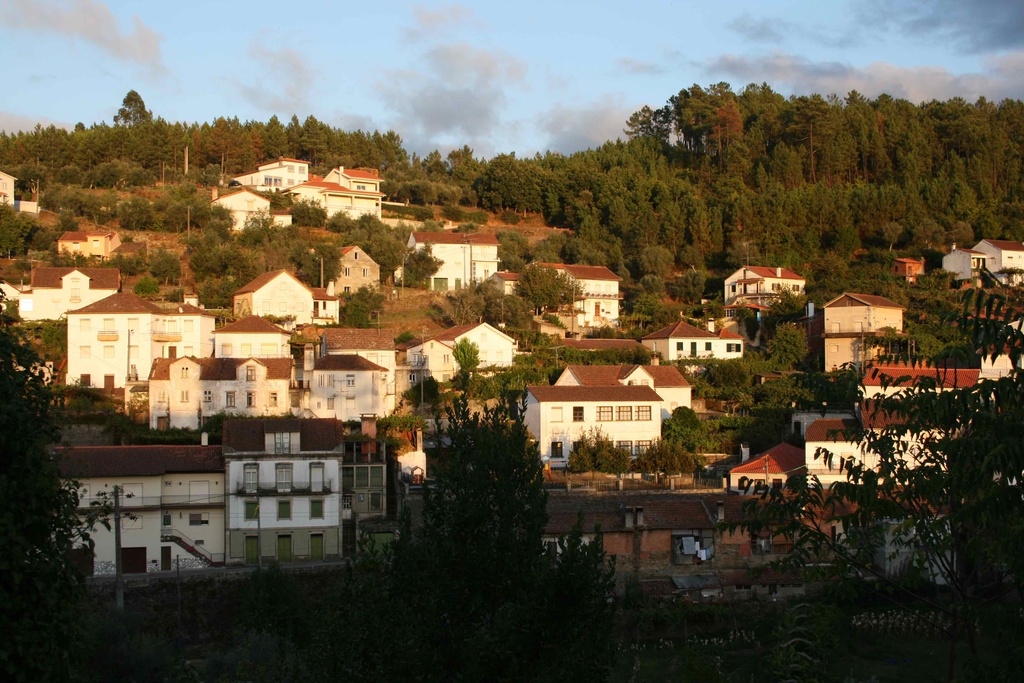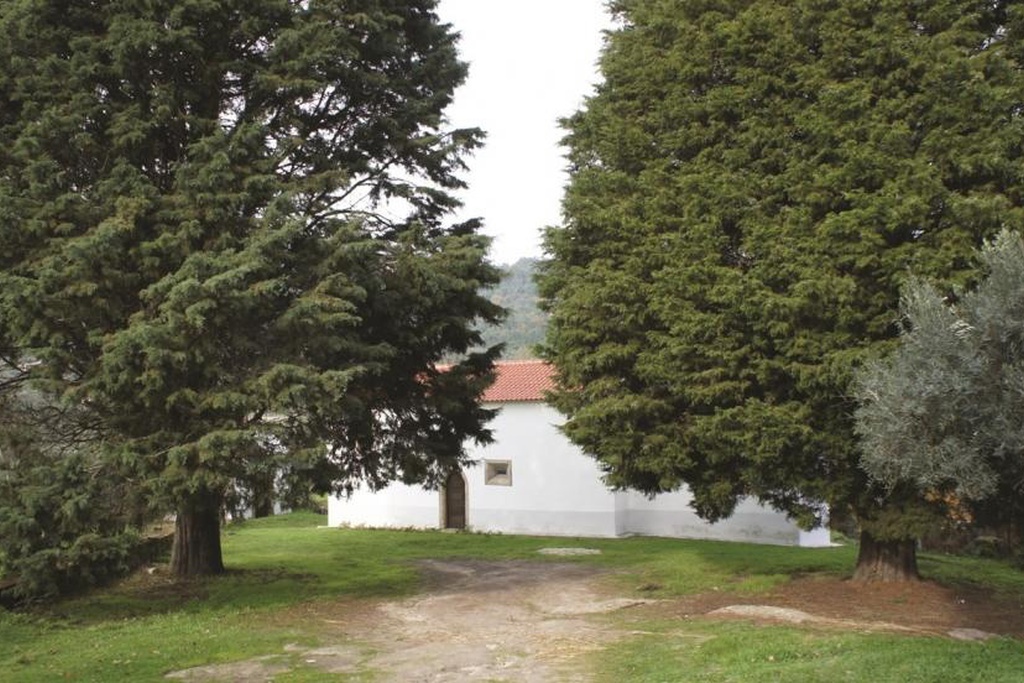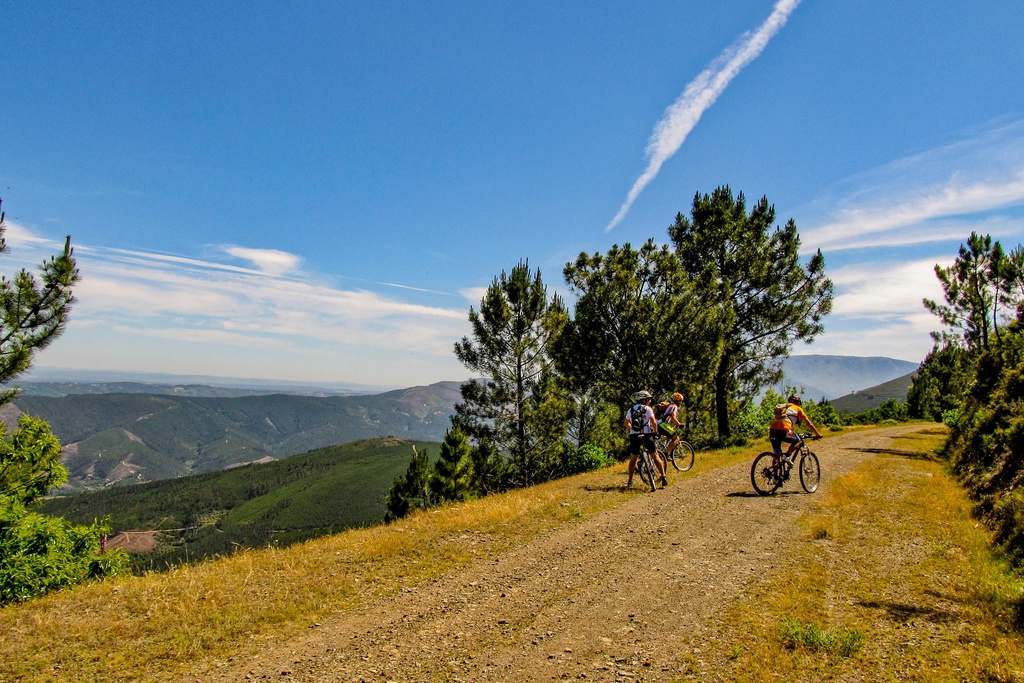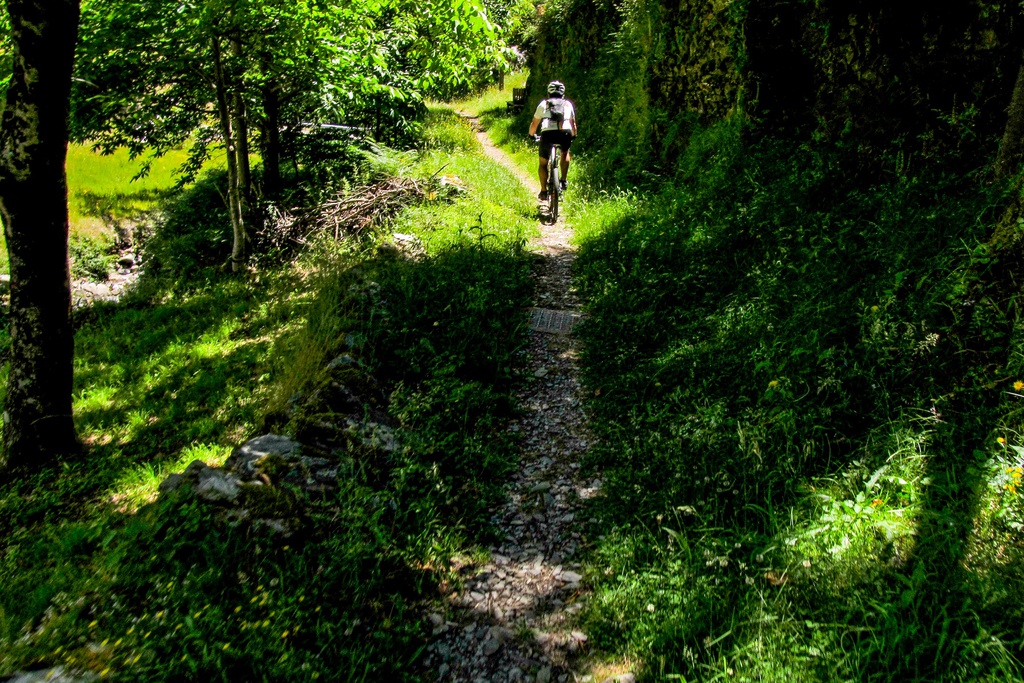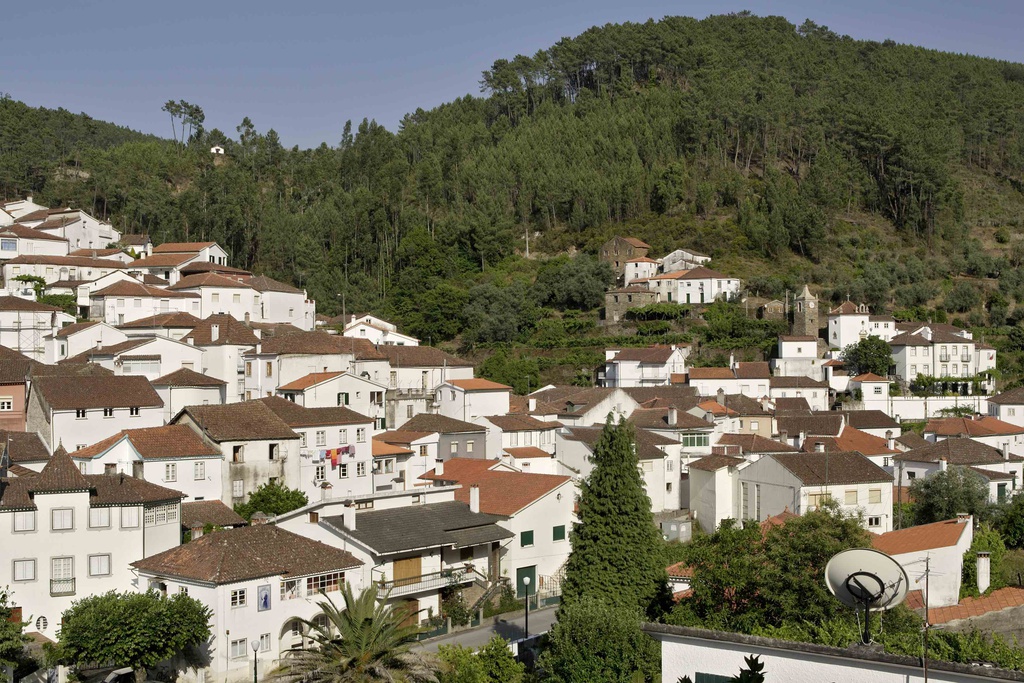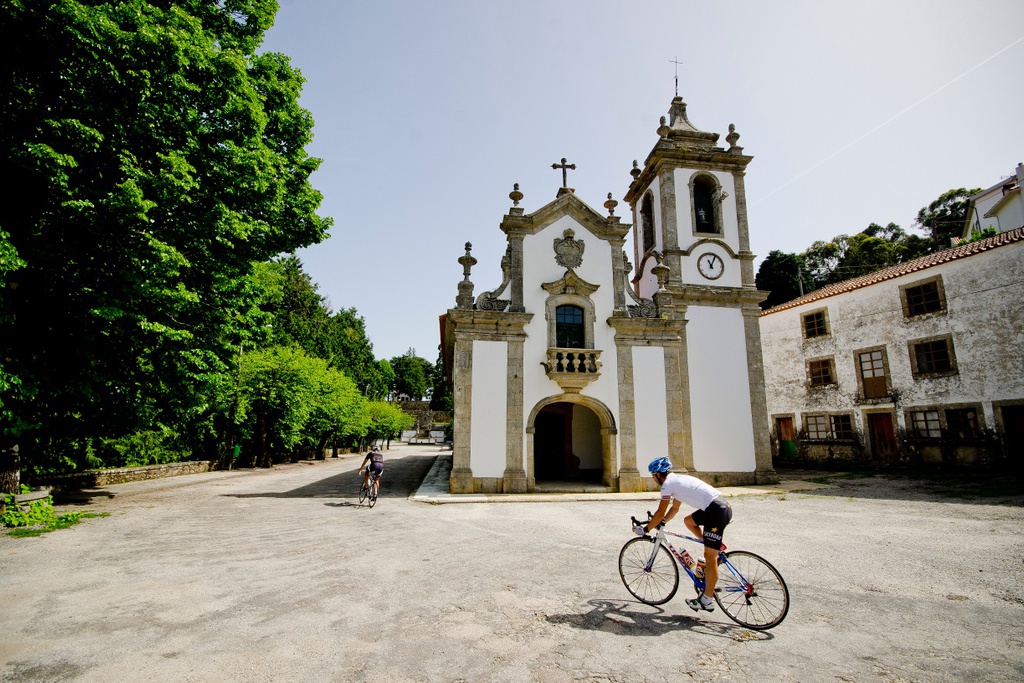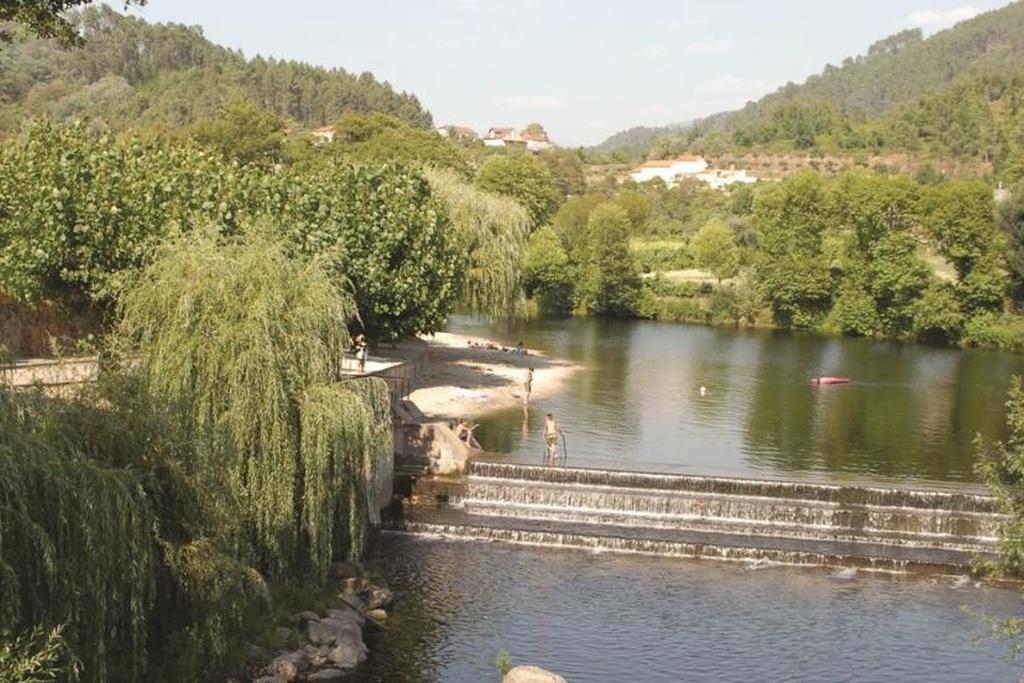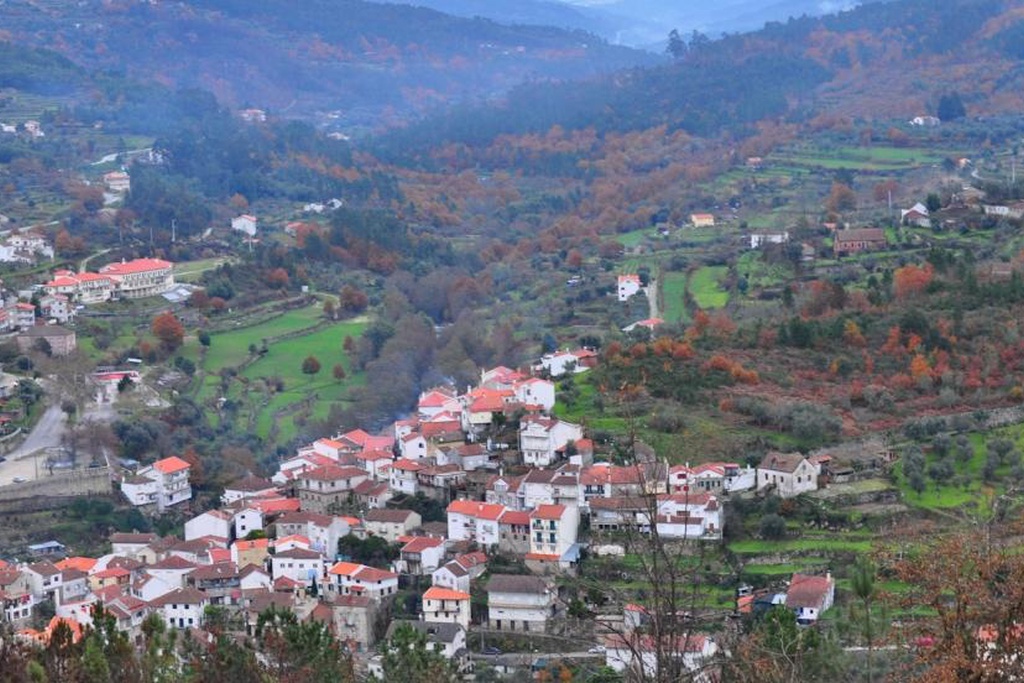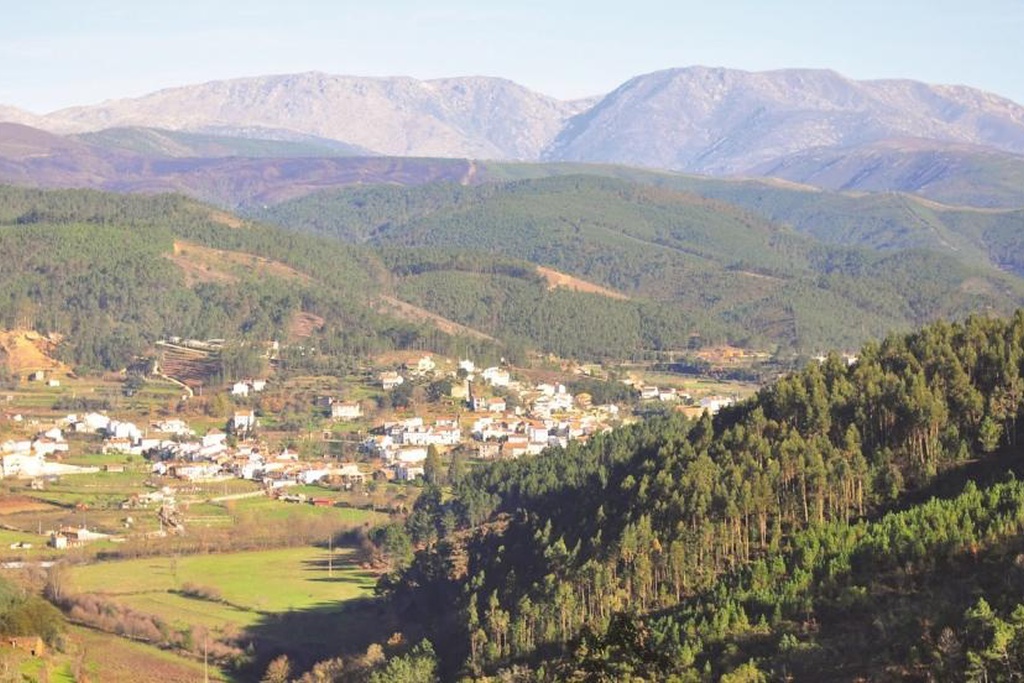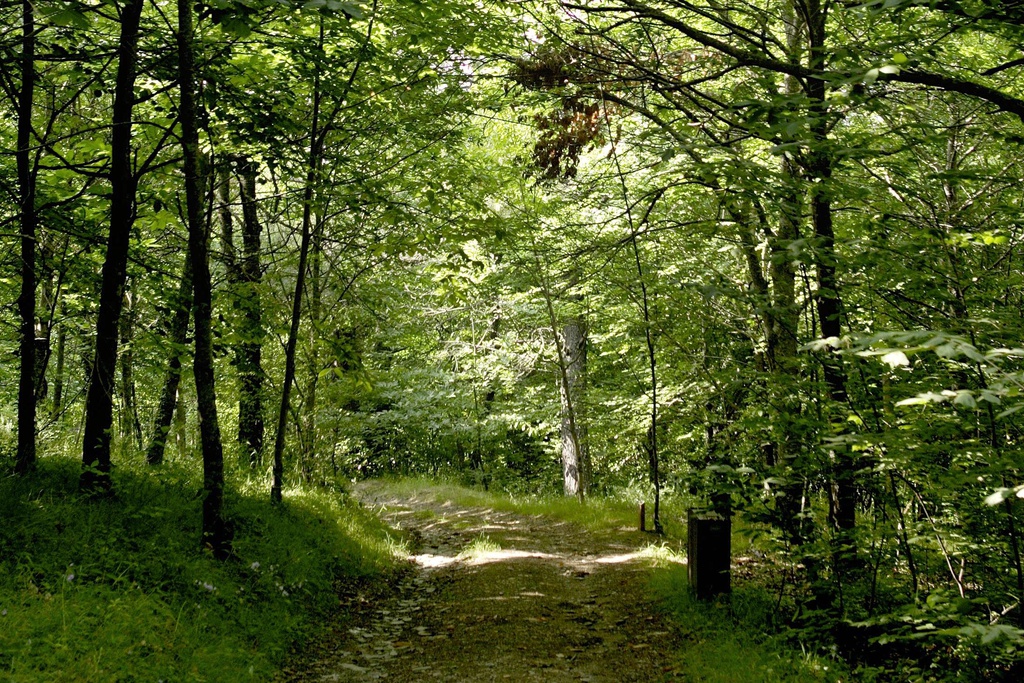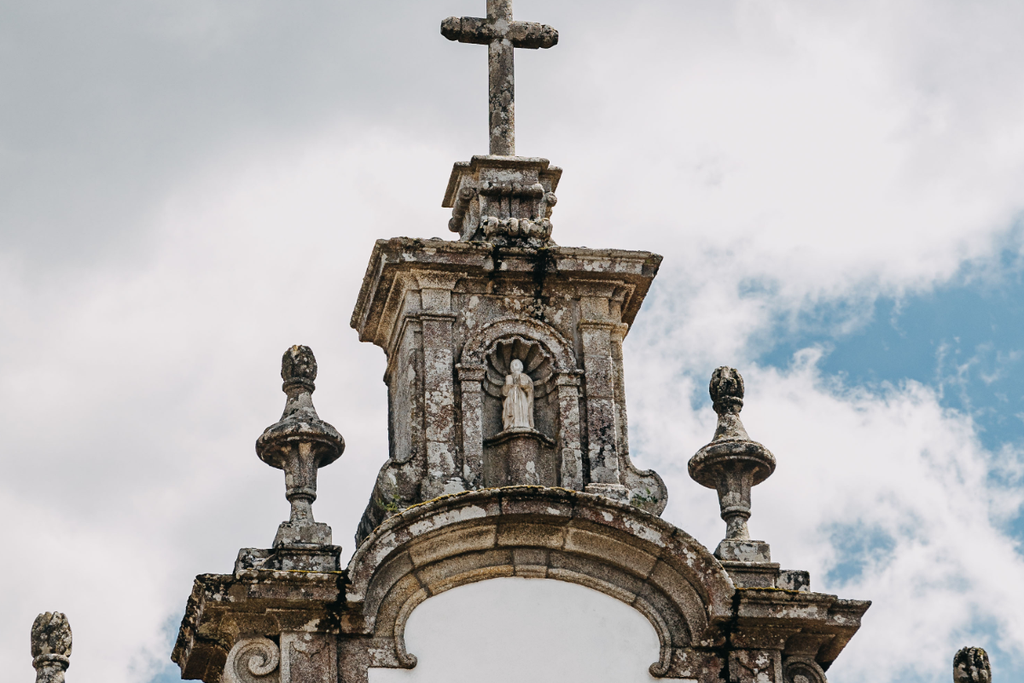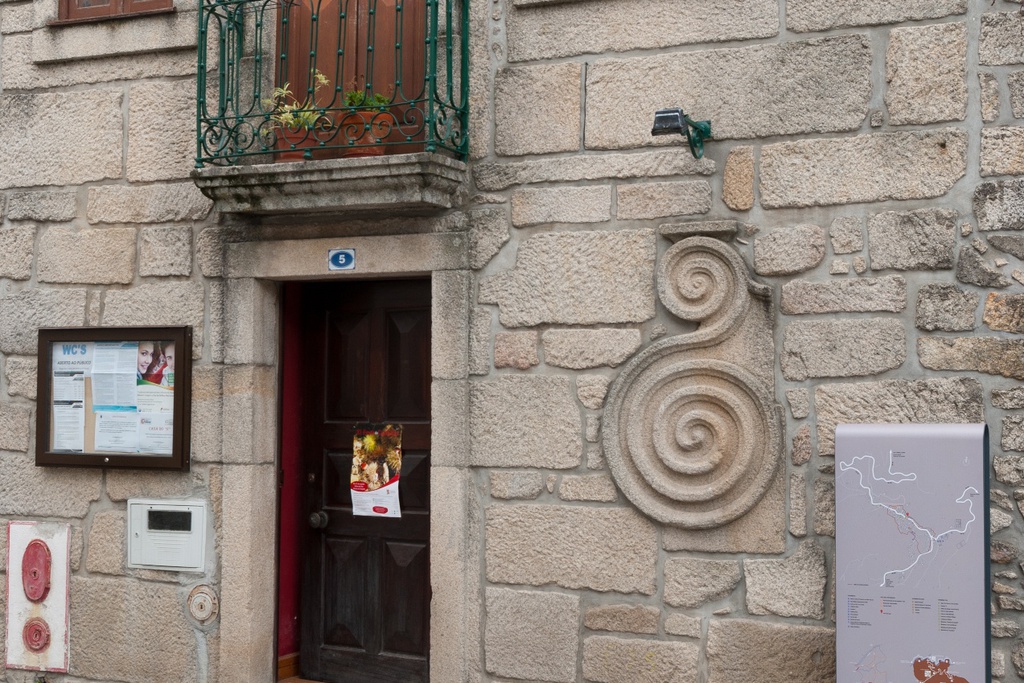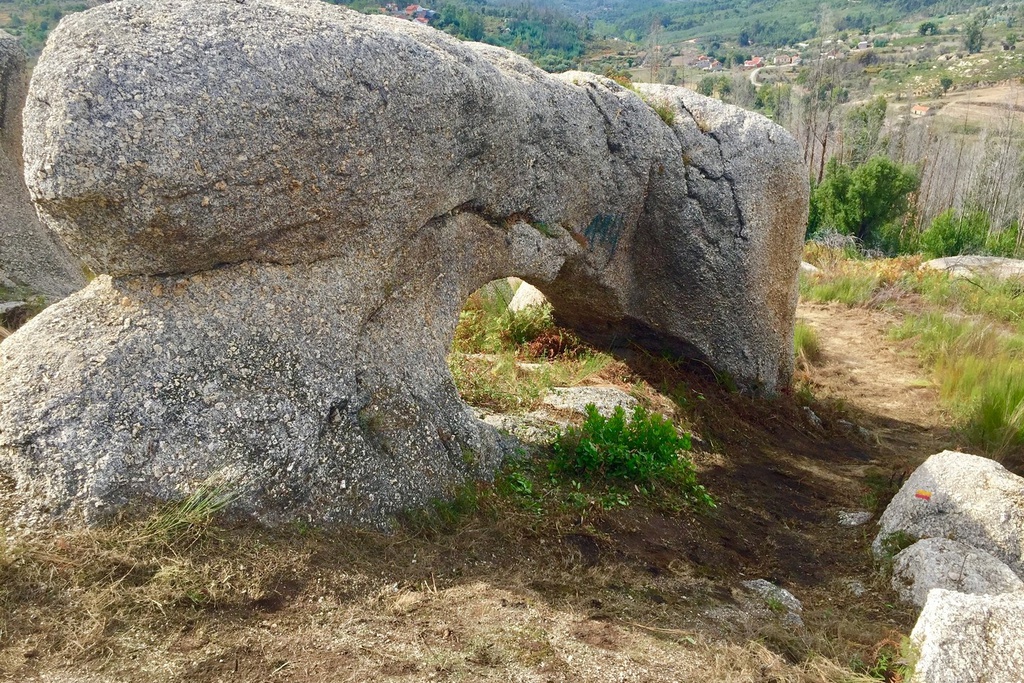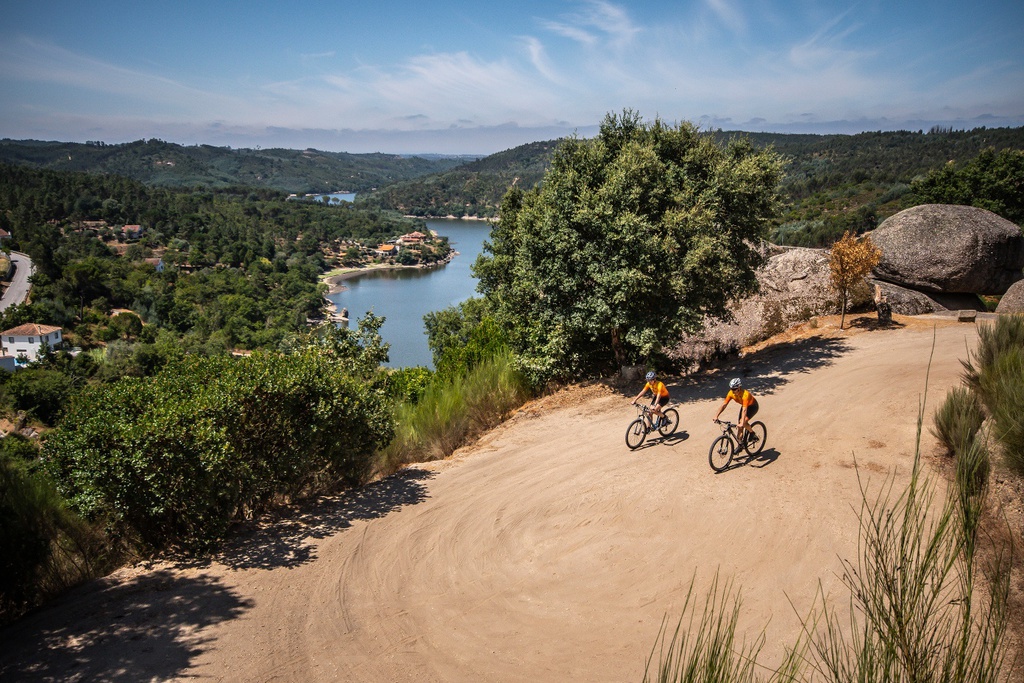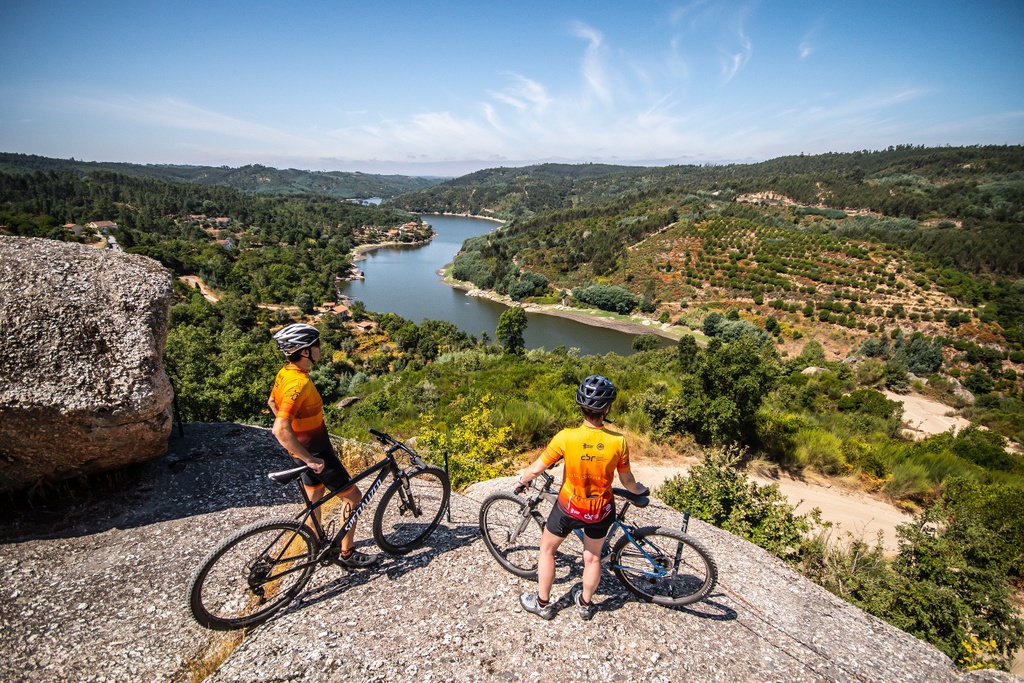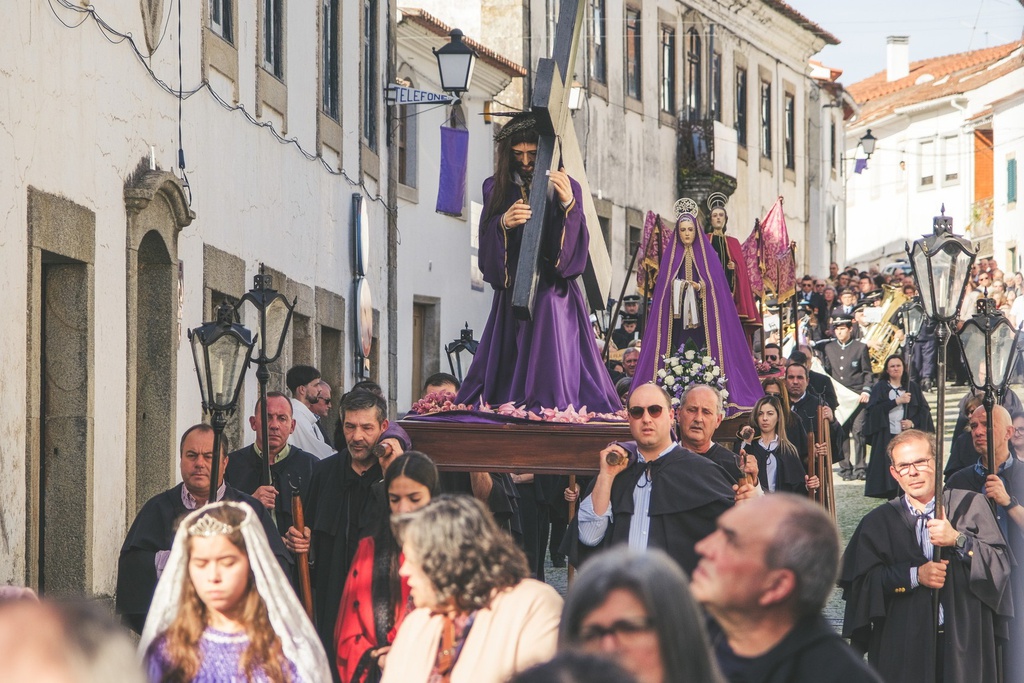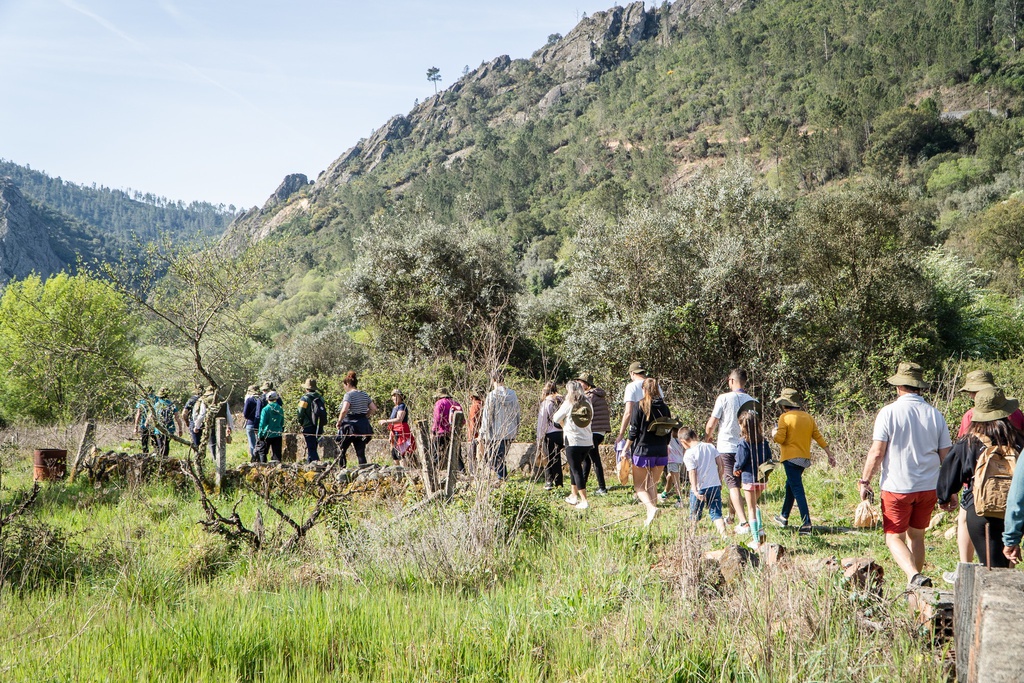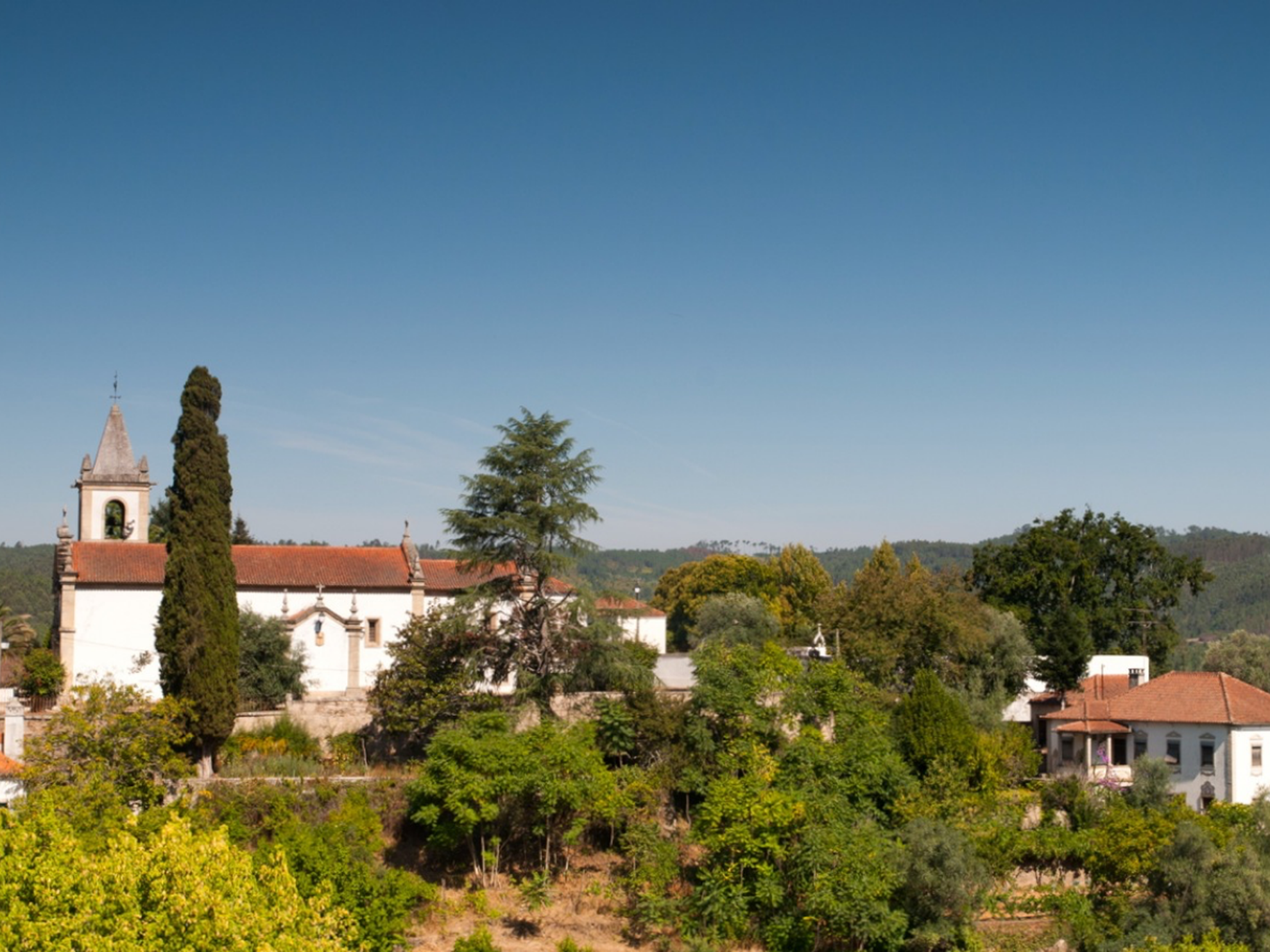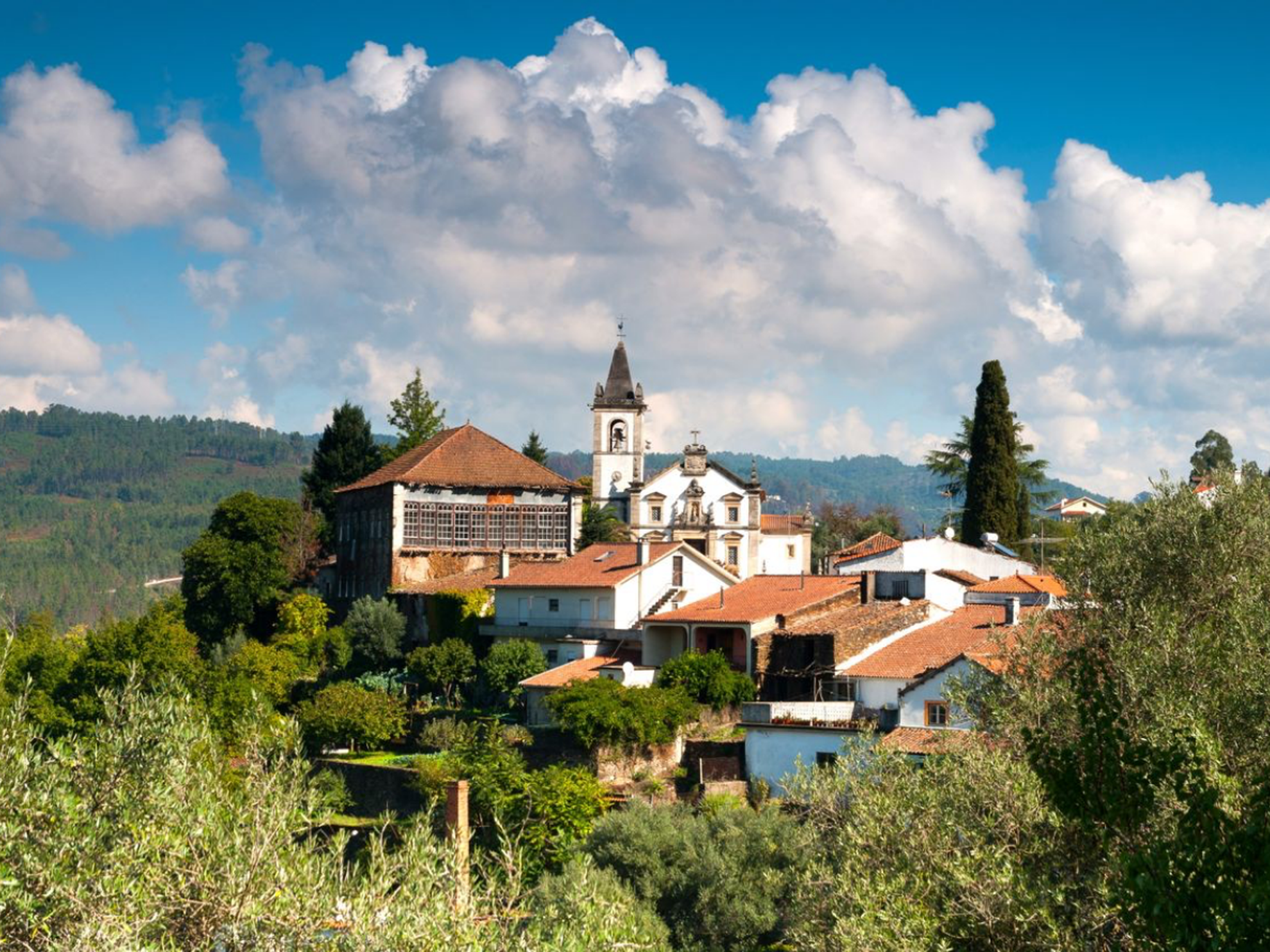Vila Cova de Alva is of remote origin, having been granted its charter by the Bishop of Coimbra, Dom Estevão Annes Brochardo (bishop 1304-1318). The bishops of Coimbra were regarded as overlords of the region since the reign of King Sancho I. This charter was confirmed in 1471 by the Bishop of Coimbra and first Count-Bishop of Arganil, Dom João Galvão. The charter was renewed in 1514 by King Manuel I.
In the “Register of the population of the Kingdom (1527)” the entry for the town of Coja included the then Villa Cova which had 89 residents. The charter was renewed again in 1540 by King João III. In the 16th and 17th centuries important branches of the Abranches and Figueiredo families resided here. In 1708 it was named Vila Cova de Sub-Avô and still belonged to the Bishop of Coimbra. The municipality was abolished in 1836.
As for the origin of the name, in one of the versions of Fernando Alvaro Seco’s PORTUGALLIAE dated 1600 - regarded as one of the earliest cartographic representations of the whole of the Portuguese mainland – we find “Vª COVA” in the location of the present day village, a name that evolved into Vila Cova de Sub-Avô, meaning “following the course of the river Alva, after Avô”. This name persisted until 1924, when it became known as Vila Cova de Alva.
It was also called Vila Cova dos Frades, a name alluding to the monastery existing there at the time.
The patron of the monastery
According to his tombstone in the transept of the monastery church, Luís da Costa Faria donated all his lands, 40 réis to feed the community that built the church, several houses in the village and a loan of three thousand cruzados in return for burial on the Epistle side next to the Chapel of Nª Srª da Conceição, whose statue he also commissioned from a workshop in Porto. He entered the monastery on an unknown date and died there on 19 April 1730.
The Monastery and the third French invasion
In a detailed account of the effects of the passage of French troops in 1811 written by Father Manuel Lopes Graça, he states that they barbarously attacked the monastery, in particular the sacristy, destroying the chests and their drawers, burning the white habits and ornaments, stealing the fragment of the Holy Cross and various relics, desecrating the altars of the church and tearing up the psalter and the antiphonal. The statue of Our Lord of the Stations was desecrated by having an arm torn off. The organ was wrecked by removing some of its pipes.
Monastery built with wood from the Mata da Margaraça
In 1713, the Bishop of Coimbra, António de Vasconcelos e Sousa, made a donation of various items for the construction of the monastery, including wood from the Margaraça Forest (currently included in the Açor Mountain Protected Landscape), which belonged to him at the time.
The architect of the monastery
This was João Coelho Coluna - a friar or lay brother born in Alvito – who designed the plans of the monastery. The headstone of his tomb in the porch of the monastery church bears the date 1756.
A village with a novel
“Vale de Crugens” (1958), by Mário Braga, is in fact Vila Cova do Alva. More novella then novel, it tells the story of the character Maria da Natividade, a name shared with the village’s patron saint. It talks about the “vast monastic house with a pointed turret in each corner”, an “ancient monastery of friars”, the black well of Fraga in the river, a Zé dos Peixes, musicians rehearsing in the Casa do Povo; the news of the flood coming from Avô, and at Pomares the strength of the current “had ripped up a great quantity of olive trees”, the same happening in the parishes of Arganil; it talks about men going to Lisbon looking for “a cleaner life”, leaving with the desire to return to set up a business in the village, but really they only return laden with nostalgia.
(adapted from www.miradourodevilacova.com)
Confraria do Bucho (Arganil)
The creation and existence of this fraternity – which has promoted pig’s stomach (bucho) since 2006 - has a lot to do with the distinctive characteristics and reputation for quality of the pig’s stomach produced in Vila Cova do Alva.


